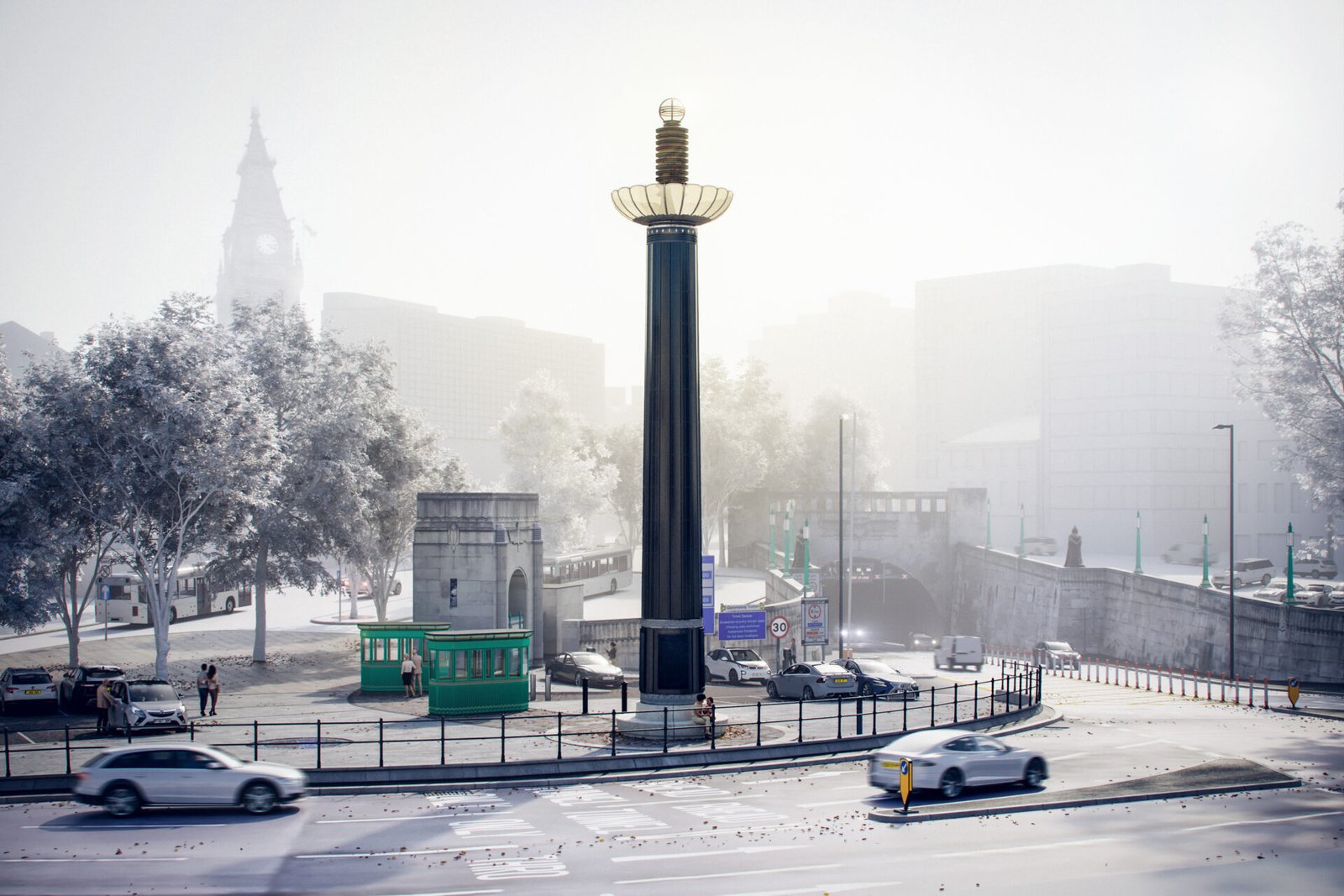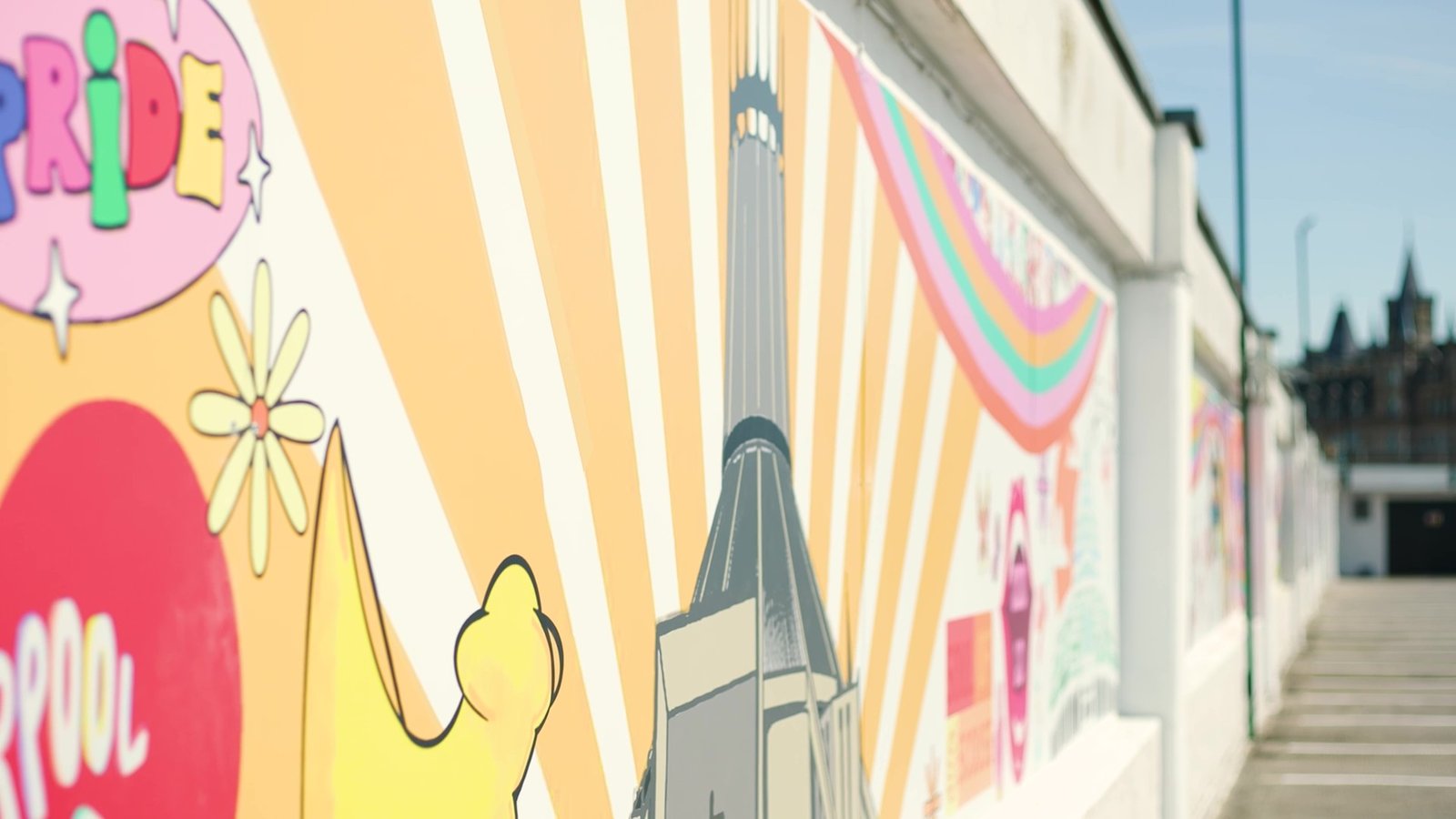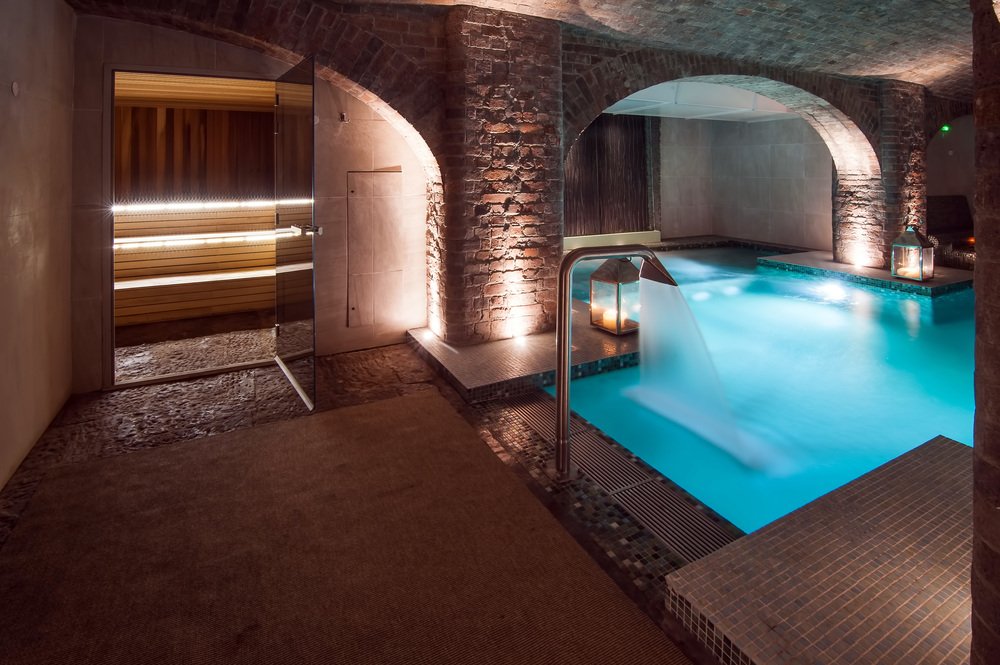Liverpool city centre’s footfall almost returned to 2019 levels as restrictions were lifted on 19 July. The night-time economy, crucially after midnight, is fuelling a recovery revealing a significant shift in the time of day people are visiting the city centre.
The change could see a need for a shift in focus for the city, says a business leader, crucially in investment and resources for safety and street cleansing.
In the first week of restrictions lifted (19-25 July), the footfall in the city centre, compared with 2019, fell from -18% to -11% reaching 1,405,471. In 2019 (when fewer cameras tracked city centre footfall) the figure was 1,339,929. The week before restrictions were lifted (12-18 July), city centre footfall was 1,290,961. 25% of the city centre’s visitors are from outside Liverpool City Region. There has been a significant increase in visitors from Scotland (1.4% to 3.3%) and Northern Ireland (0.9% to 2.7%).
Analysis shows a dramatic shift in the times people are visiting the city centre. 7am to 5pm footfall is still down 20%, 5pm-9pm is down 11%, while from 9pm to midnight footfall is up 27% and from midnight to 7am up 66% when compared with 2019.
The data suggests that despite restrictions being lifted, Liverpool city centre has not reverted back to its mixed use economy with different sectors of the economy like retail and culture still facing a gap on their usual trade pre-pandemic. Many office workers are still working from home. While Fridays are now roughly back to 2019 levels, Sundays are the quietest day of the week, suggesting the city is not attracting back daytrippers or cultural visitors yet.
Bill Addy is the CEO of Liverpool BID Company and Chair of the Liverpool Visitor Economy Network (LVEN) says the data suggests the city needs to do more to generate confidence in the city centre and its mixed use economy,
“While it is heartening to see the city centre’s footfall and famous nightlife reopening once again, Liverpool city centre’s strength has always been rooted in its ability to attract visitors across all times of day.
“These results suggest retail and culture sectors are not recovering to the same extent as our night-time economy, and while our visitor economy remains such a significant ingredient in our city’s strength, we need to examine why.
“A vibrant nightlife is something that attracts young people to Liverpool from across the country, but we are seeing Sundays to Wednesdays becoming as busy as a traditional Thursday night out – with up to 200% of an increase on a Tuesday night out. We need to see a greater focus on both safety and street cleansing to make sure the city centre reflects this shift in use patterns.”
Bill Addy also says there will need to be conversations about how retail and culture sectors are supported in their recovery, including potentially a shift in opening times.
“If we are seeing a drop in pre 9am trade and traffic as people continue to work from home, should city centres change their opening times, so they are open after 10am and stay open after 5pm? With a growth in footfall between 5pm-9pm compared with 2019, our city centre economies should consider shifting to reflect this change”.
Attracting families, daytrippers and cultural visitors will also be key.
“We need to ensure our city centre is accessible and welcoming for everyone all day. We have already launched our Sundays in Town campaign to promote activity at the weekend from cultural to retail offers, but the city needs to do more to make sure Liverpool is recognised as the cultural leader it has always been”.









